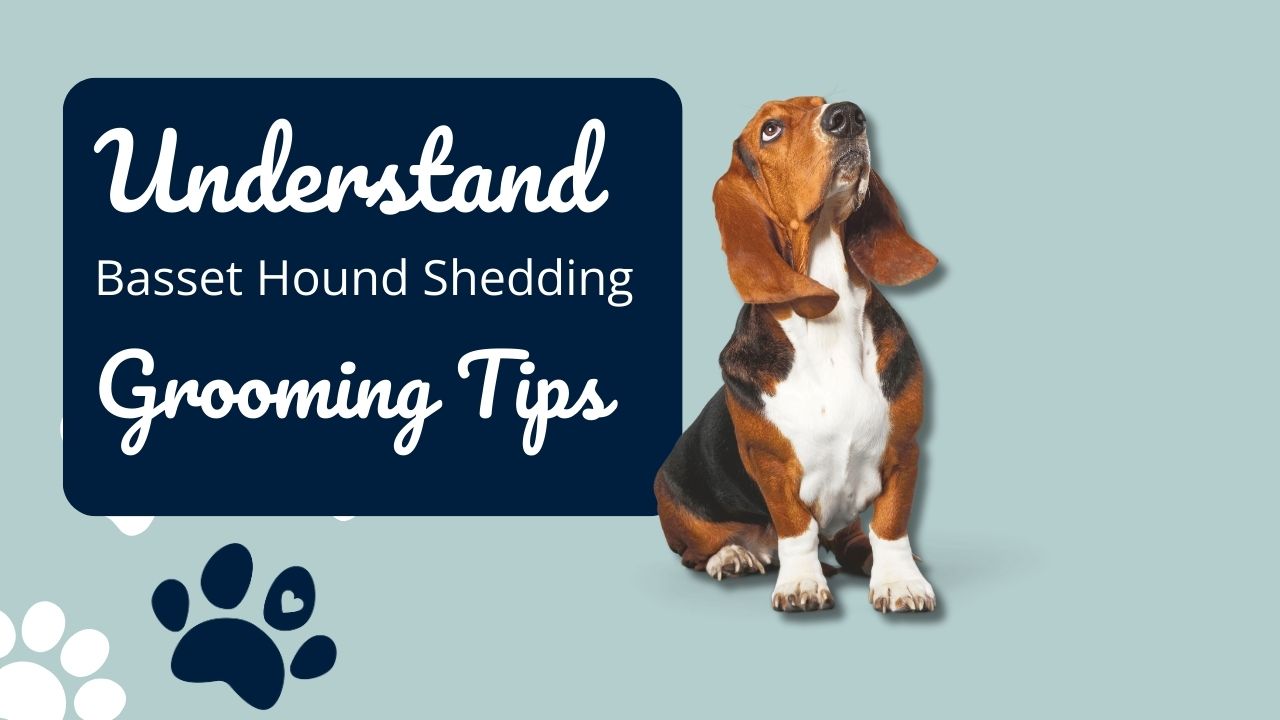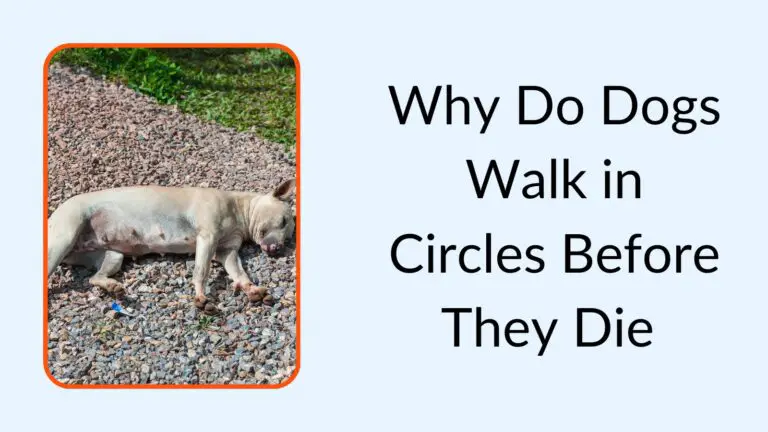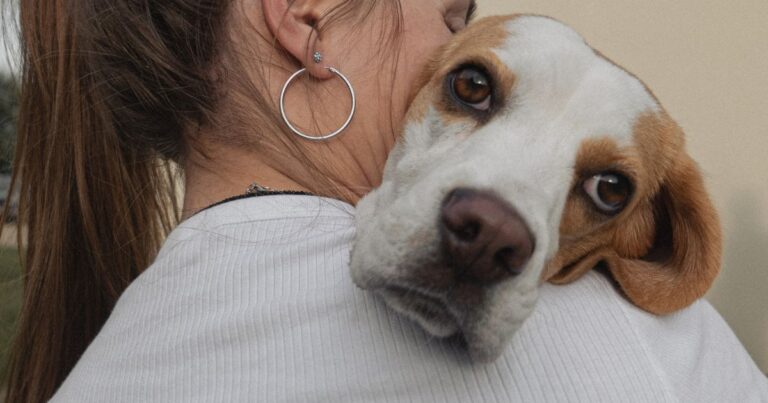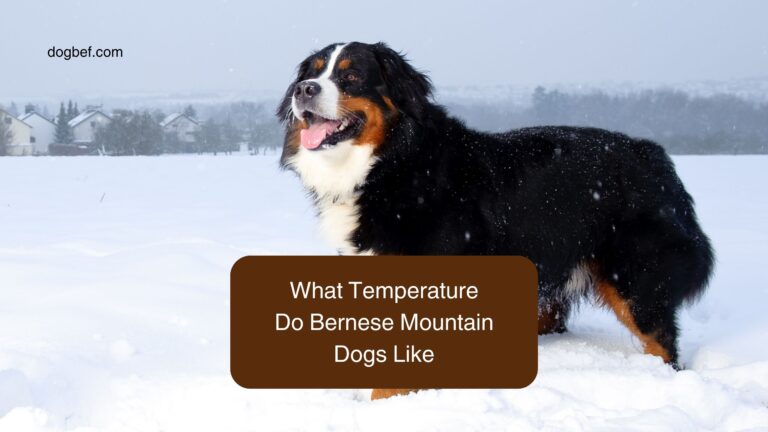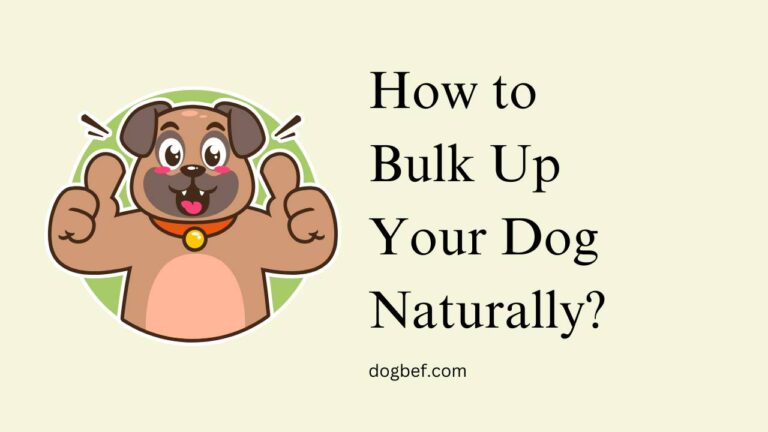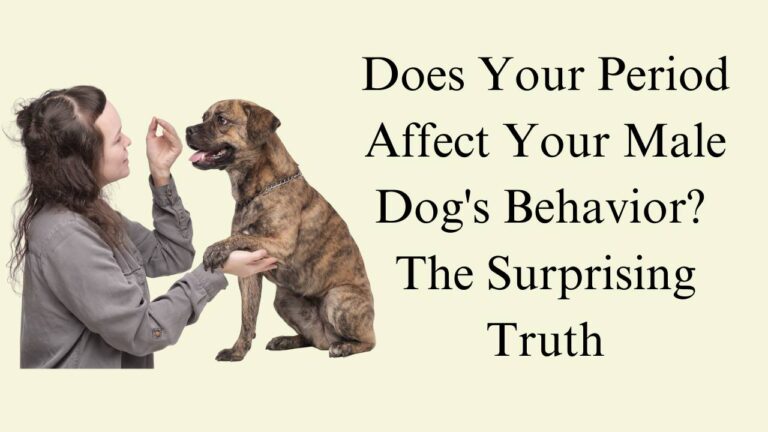The Basset Hound is one of the most lovable and laid-back dog breeds. With their droopy eyes, long ears, and short stature, Basset Hounds are instantly recognizable. As scenthounds bred for hunting, they have a keen sense of smell and make excellent companion dogs.
However, one issue that many Basset Hound owners deal with is shedding. Basset Hounds shed year-round and can cover your home and clothes with hair if it’s not properly managed. For people with allergies or those who want to minimize pet hair around the house, Basset Hound shedding can be a nuisance.
In this blog, we’ll dive into why Basset Hounds shed so much, tips for managing the shedding, and grooming best practices. Our aim is to provide Basset Hound owners with a thorough understanding of their shedding patterns and actionable advice for keeping hair under control. With the right techniques, you can minimize Basset Hound hair in your home and on your clothes.
Understanding Basset Hound Shedding
Basset Hounds shed year-round and more heavily during seasonal changes. Their short, dense coats renew frequently. Expect to deal with lots of stray hairs daily. Bassets are shed for reasons like their loose skin, aging, and skin issues. We’ll break down their shedding patterns and causes.
Seasonal vs. Year-Round Shedding
Unlike some breeds that only shed heavily during seasonal coat blows, Basset Hounds shed moderately year-round. They do not have a double coat like huskies or shepherds that go through major seasonal shedding cycles. Instead, Basset Hound shedding is relatively constant.
Shedding Patterns in Basset Hounds
Basset Hounds tend to shed most heavily in the spring and fall when their bodies are adjusting for temperature changes. But you’ll find Basset hair on your clothes and furnishings throughout the year. Their short, dense coat sheds constantly.
Basset Hound Shedding Level
On a scale of light to heavy shedding breeds, Basset Hounds fall in the moderate to heavy range. They shed more than a Yorkie or poodle but less than a German Shepherd. Daily grooming is a must to keep shedding under control.
Do Basset Hounds Shed?
Yes, Basset Hounds shed year-round and are considered moderate to heavy shedders. Their short, dense coats renew frequently, leading to regular shedding.
Why Do Basset Hounds Shed?
- Natural Coat Renewal: The Basset’s coat renews itself frequently, leading to the constant shedding of old hair.
- Temperature Regulation: Shedding helps Bassets adjust to temperature changes in the spring and fall.
- Hormonal Changes: Thyroid and reproductive hormone fluctuations can trigger shedding.
- Stress and Anxiety: Stress hormonal changes can cause extra shedding.
- Dietary Factors: Poor nutrition can exacerbate shedding.
- Health Issues: Skin problems, parasites, and allergies can lead to excess shedding.
- Breed Characteristics and Genetics: Basset coats are genetically predisposed to constant shedding.
- Environmental Factors: Dry air, humidity, and temperature extremes can worsen shedding.
How Much Do Basset Hounds Shed?
Expect to deal with lots of stray hairs on a daily basis. Basset Hounds shed an average of 2-3 cups of hair per week. So having a good vacuum cleaner on hand is a must! Their shedding can be profuse during seasonal changes.
Grooming Tips for Managing Basset Hound Shedding
From regular brushing to nutritional supplements, numerous strategies can help mitigate Basset Hound shedding. We’ll provide tips on bathing, diet, tools, frequency of grooming, supplements, and check-ups to control loose hair. Proper techniques will reduce shedding and promote a healthy coat.
How to groom a Basset Hound
Regular grooming is essential for managing Basset Hound shedding. Use short, gentle strokes when brushing, and pay close attention to wrinkled areas where dead hair can get trapped. Also focus on the ears, legs, belly, and areas prone to matting.
Recommended brushes and tools
The best tools for grooming a Basset include an undercoat rake, slicker brush, comb, and bathing gloves/mitt. The undercoat rake will penetrate the dense topcoat and remove loose hairs from the undercoat. Use the slicker brush and comb for smoothing and detangling.
How often to brush
Aim to brush your Basset at least every other day year-round. During heavier seasonal shedding periods, daily brushing is ideal to control shedding. Regular brushing stimulates the coat’s natural oil production and removes dead hairs before they fall off on your furniture and clothes.
Bathing your Basset Hound
Proper bathing techniques: Use lukewarm water to avoid drying out their skin and take care not to get water in their ears. Thoroughly dry their coat with a towel afterward. Bathing every 4-6 weeks will help remove excess loose hair.
Shampoos and conditioners for Basset Hounds: Choose a mild oatmeal or hypoallergenic shampoo. Follow with a moisturizing conditioner to prevent dry skin that can worsen shedding. Avoid harsh chemicals that may strip their coat.
Healthy Diet and Hydration
Importance of nutrition for coat health: High-quality dog food with omega fatty acids supports skin and coat health. Avoid corn, wheat, soy, and by-products which can exacerbate shedding.
Hydration’s role in reducing shedding: Proper hydration helps regulate the coat growth cycle. Ensure clean water is always available. Add water to their kibble or feed a wet food diet.
Supplements for a healthier coat
Omega-3 fatty acids and their benefits: Fish oil or krill oil supplements provide omega-3s that reduce shedding while making the coat shiny. They have anti-inflammatory effects on the skin.
Other supplements for coat health: Biotin, zinc, and vitamin E improve coat thickness and texture. Vitamin E also has antioxidants that benefit skin health.
Regular Veterinary Check-Ups
Excessive shedding can indicate parasites, allergies, thyroid disorders, or other conditions. Have your vet examine your Basset if shedding seems abnormal.
Your vet can provide guidance on dietary changes, supplements, medication if needed, and grooming strategies to manage shedding.
Reducing Shedding at Home
While Basset shedding can’t be eliminated, you can take steps to reduce loose hair at home. We’ll provide tips on minimizing environmental stress, cleaning frequently, using hair removal products, and preparing for heavy seasonal sheds. A proactive approach is key to controlling Basset hair.
How to keep a Basset Hound from shedding
While you can’t stop a Basset Hound from shedding completely, you can reduce the amount of loose hair in your home. Focus on thorough, frequent grooming and cleaning routines. Manage seasonal shedding spikes proactively. And create a peaceful environment since stress can worsen shedding.
Keeping a clean living environment
Vacuuming and cleaning tips: Vacuum at least every other day with a vacuum that has strong suction to remove hair from carpets and floors. Wash bedding, furniture covers, and Basset blankets weekly to eliminate clinging hair. Clean ducts and vents regularly to remove shed hair.
Using lint rollers and pet hair removal products: Keep lint rollers around the house to remove hair from clothing and fabrics. Rubber grooming gloves can remove hair clinging to upholstery. Use adhesive sheets for pet hair to clean before company visits.
How stress can exacerbate shedding in Basset Hounds
Stress triggers hormonal changes in dogs that can increase shedding. A stressful environment can worsen your Basset’s shedding patterns.
Minimize stress by providing a predictable routine, positive reinforcement training, interactive toys for mental stimulation, and limiting exposure to loud noises that can create anxiety.
How to prepare for heavy shedding seasons
As seasonal shedding spikes approach, have de-shedding tools readily available and set aside extra time for thorough brushing sessions. Consider booking a grooming appointment to get excess loose hair removed.
When seasonal shedding is at its peak, brush your Basset daily to keep hair under control. Bathe more frequently with a de-shedding shampoo. Use an undercoat rake to remove loose seasonal growth.
FAQs About Basset Hound Shedding
Are Basset Hounds double-coated?
No, Basset Hounds have a short, dense single coat. They do not have a separate undercoat and topcoat like some breeds.
Why is my Basset Hound shedding so much?
Excessive shedding can indicate skin problems, parasites, allergies, thyroid issues, anxiety, poor diet, or other health factors. Have your vet examine your Basset if shedding seems abnormal.
Basset Hound hair loss: Causes and solutions
Hair loss beyond normal shedding can signal an underlying health issue. Causes can include skin infections, hormonal disorders, stress, poor nutrition, or allergies. See your vet to address the cause.
How bad do Basset Hounds shed?
Bassets shed an average of 2-3 cups of hair per week. Their shedding can be profuse during seasonal changes. So prepare to vacuum and groom frequently. But manageable with proper tools and diligence.
Conclusion
In this article, we covered the reasons behind Basset Hound shedding, their year-round and seasonal shedding patterns, grooming tips, shedding management strategies, and common FAQs.
Understanding the constant shedding nature of the Basset coat is key for owners. Implementing regular grooming, cleaning, diet, and stress relief techniques can help manage loose hair.
We encourage Basset owners to try the suggested bathing tools, nutrition plans, supplements, and home preparations to control shedding. Share your experiences managing your Basset’s coat.
While Basset shedding can’t be eliminated, a well-groomed, healthy coat benefits both the dog and the owner. Routines to reduce loose hair will create a cleaner home, improve your Basset’s skin health, and strengthen your bond through brushing sessions.

